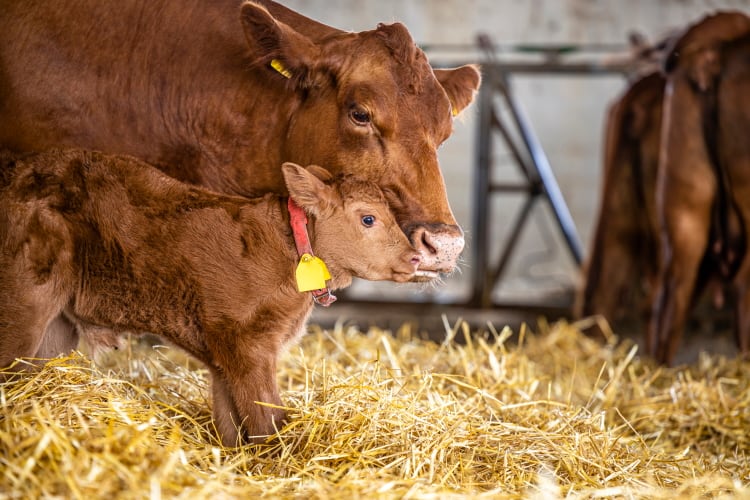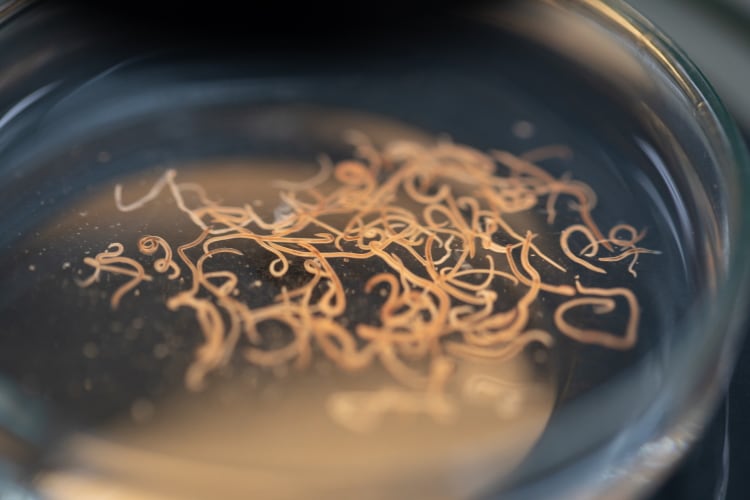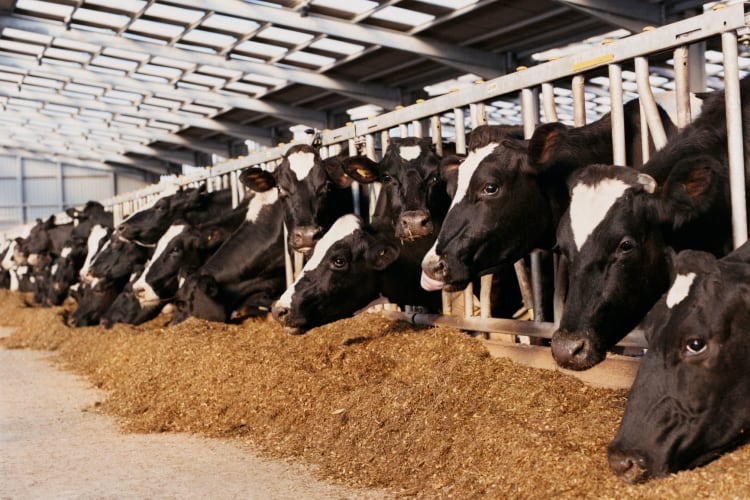The project, led by the Quebec Veterinary Practitioner Association (AMVPQ), could be of significant value to Canadian dairy as it would minimize economic losses and allow farmers and veterinarians to intervene and prevent diseases from affecting cattle even before symptoms appear.
Metabolic diseases are a major health concern for dairy cows, especially during the post-calving period. These include ketosis, milk fever, fat cow syndrome, and hypomagnesaemia.
Backed with an investment of around CAD$1m, the project aims to develop an algorithm that would help predict risks during lactation based on blood metabolites obtained before calving. The project is based on existing scientific evidence about the use of metabolite data for metabolic disease prevention, but this would likely be the first-ever tool designed to predict such health issues rather than simply monitor for symptoms.
Maxime Leduc, who proposed, wrote and manages the project, explained: “The tools isn’t designed to diagnose metabolic diseases - it is for prediction of future health, production and reproduction problems during lactation. The best solution to improve herd health and productivity is to be able to have tools to identify possible problems in advance and thus take action to correct the problem before it happens.”
To create the algorithm, researchers will collect blood samples collected between 15-30 days before calving from 50 farms. So far, 900 samples have been collected from a target of 1,200. The samples will then be analysed for different metabolites, with the data integrated into historical health reproduction and DHI to establish the algorithm. “After the analysis of blood metabolites, the veterinarian will input this data in the tool,” he added.
And since this is a digital tool, the software behind it is also currently in the works, with Leduc stating that key to adoption would be for the developers to come up with an accessible, easy-to-use solution that would enable more farmers and veterinary professionals to utilize it.
Also involved in the project are McGill University, UQAM, Montreal University, animal health management software company DSAHR, and Laval University.
Meanwhile, the CAD$1m government investment will help drive the project forward, as AMVPQ president Dr Jean-Yves Perreault explained: “With this investment, an algorithm will be developed to primarily target dairy cows in the critical pre-calving period. Artificial intelligence will be used to analyze risks during the production cycle. The research will have a huge impact on the day-to-day management of good husbandry practices. In addition, animal health and welfare will be put front and centre with the use of this new technology.”
Marie-Claude Bibeau, Canada’s minister of agriculture and agri-food, added: “Canadian dairy farmers are counting on innovation to help them protect the health and welfare of their animals, grow their businesses and stabilize the food supply. I salute this initiative of AMVPQ, which will allow them to better predict diseases and thus reduce the risks for producers and processors.”



